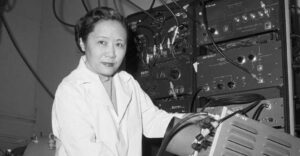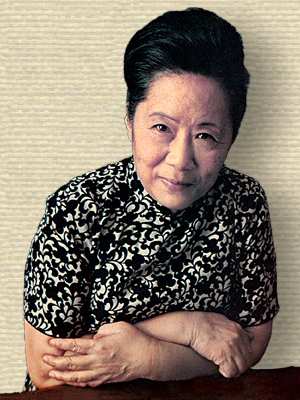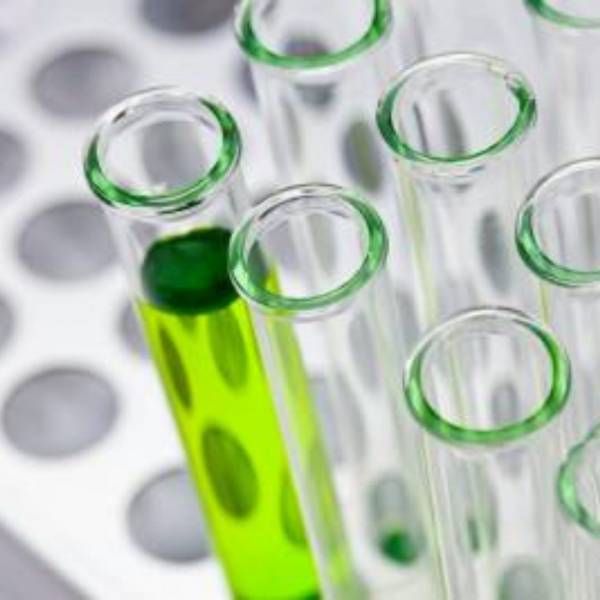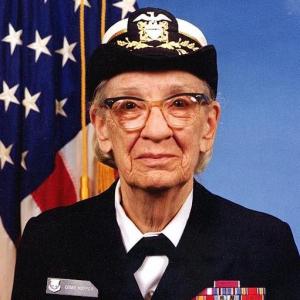Wu was a Chinese-American experimental physicist who made significant contributions to nuclear physics. She worked on the Manhattan Project. She develop the process for separating uranium into uranium-235 and uranium-238 isotopes.
Wu was born in a small town near Shanghai. Her father believed in education for girls, despite it being uncommon at that time. Because of this, she attended the school her father started. At university, Wu studied physics where one professor had worked with Marie Curie. Whilst she was a research assistant she was encouraged to continue her education. In 1936, she arrived in San Francisco where she enrolled at the University of California.

In 1944 she joined the Manhattan Project at the Substitute Alloy Materials Lab at Columbia University. Here, she focused on radiation detectors. When the B Reactor at Hanford shut down soon after it began operating, she identified poisoning by xenon-135 as the culprit.
She is best known for conducting the Wu experiment, which disproved the law of parity. This discovery resulted in her colleagues winning the 1957 Nobel Prize in Physics. Instead, she was awarded the inaugural Wolf Prize in Physics in 1978.
In 1958, her research also helped answer important biological questions. From her work, we know more about blood and sickle cell anaemia. Read more about Wu’s scientific contributions here >>
Her expertise in experimental physics evoked comparisons to Marie Curie. Her nicknames include the “First Lady of Physics”, the “Chinese Madame Curie” and the “Queen of Nuclear Research”.






